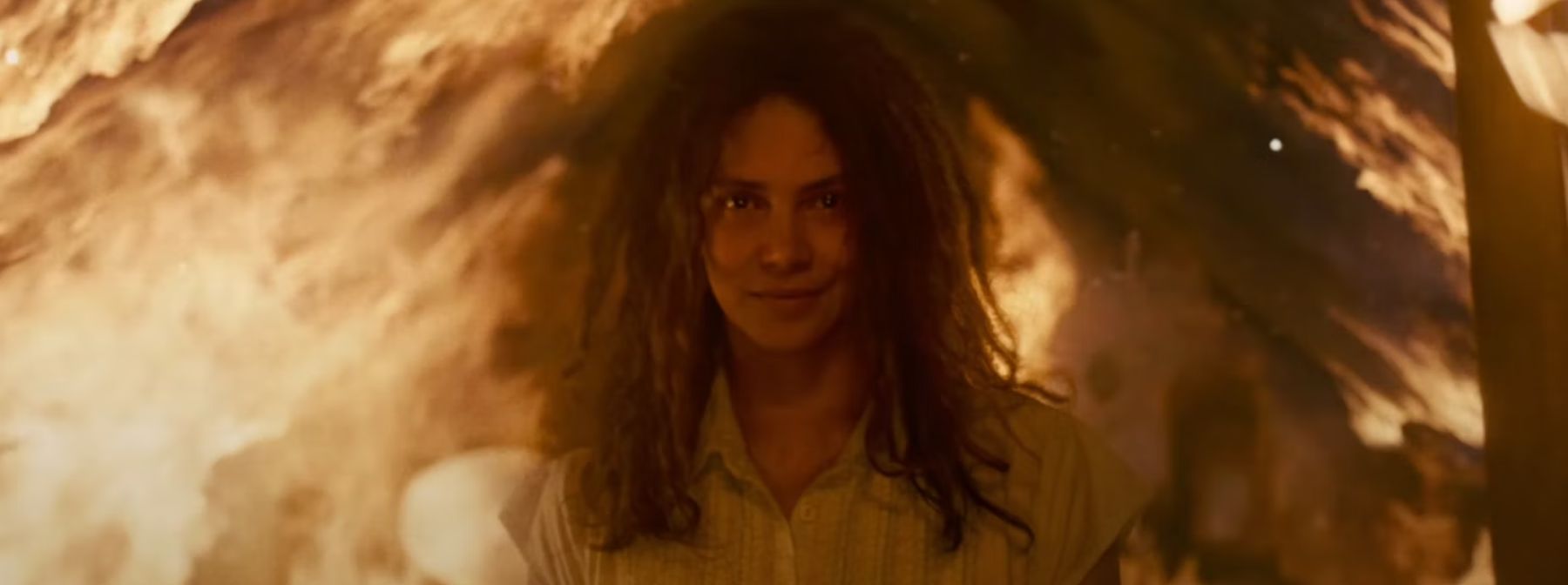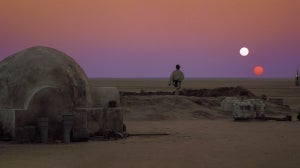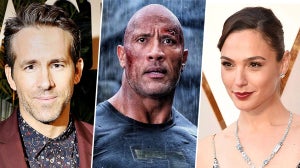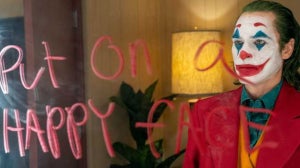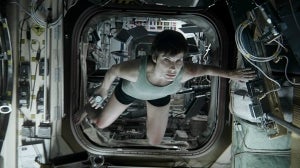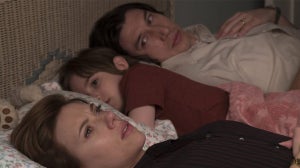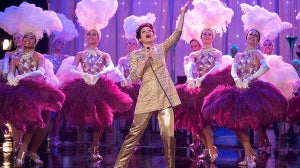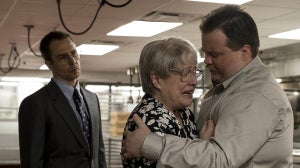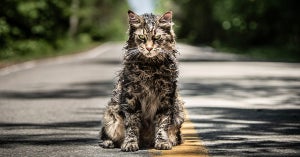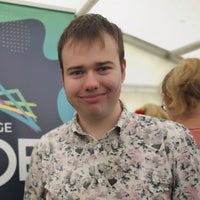
Naturally, many audiences will be having COVID lockdown flashbacks when they sit down to watch director Alexandre Aja’s dark fairytale, but for producer-star Halle Berry, those similarities were initially an afterthought.
She told Zavvi: “On a subconscious level, I probably noticed those comparisons, but it wasn’t until we started working on the movie that I remember realising how similar it was to the two years we’d just spent in quarantine.
“My family didn’t leave the house for six months, and being stuck in one location all the time for this movie really did tap into the sense memory of what that felt like. It was useful in helping me create a character who felt trapped and isolated from the world”.
The Oscar-winning star leads the film as the mother of twin sons stranded in a cabin in the woods after an apocalyptic event, their only method of survival when leaving their confines being tying each other together with rope so they won’t be infected by the “evil” all around them. But with only their mother’s words to go on, her young sons – played by newcomers Percy Daggs IV and Anthony B. Jenkins – begin doubting the threat, but is that because one or both of them have been infected by this evil?
It’s a simple premise pitched somewhere between Invasion of the Body Snatchers and Pan’s Labyrinth, designed to keep viewers guessing what is real and what is a hallucination. For director Alexandre Aja, this is more crucial to the film’s success than any scares he serves up.
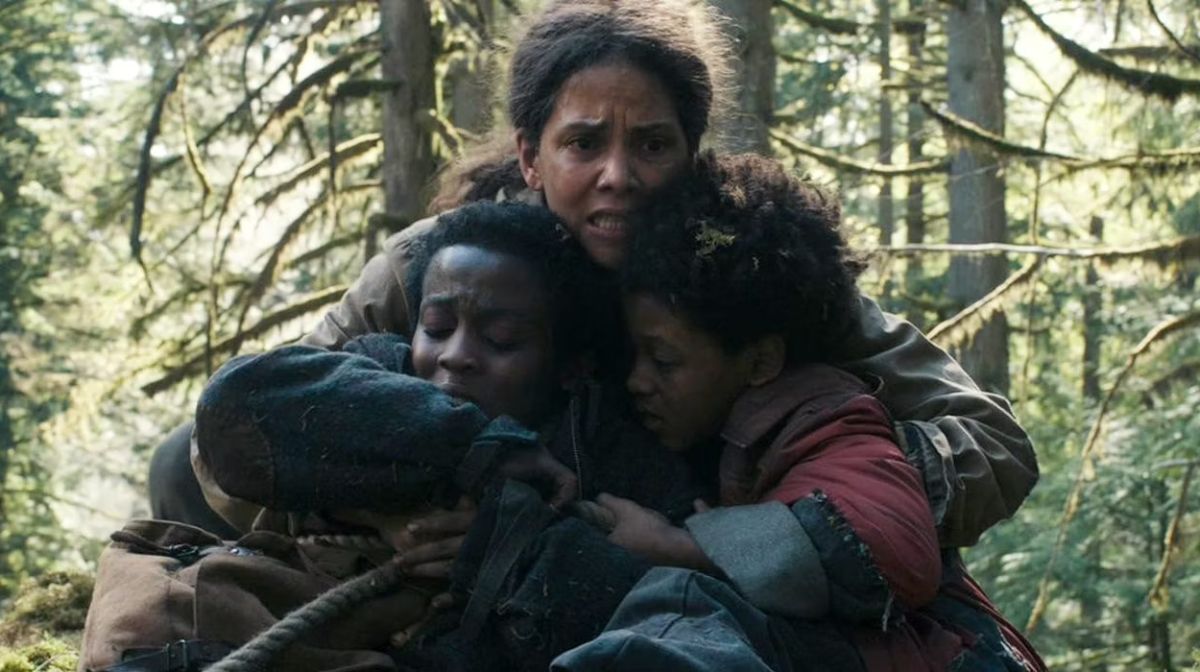
“I had a very clear interpretation of what the reality of this story was when I first read the script”, he explained to Zavvi, “but it wasn’t until I spoke to the producers that I realised not everybody was on the same page as me! It reminded me of some of the best Gothic literature in that way, where the real and the supernatural can live in the same space.
“When we first showed the movie to an audience, it was great to see people react to the tension rising – but it was even more amazing to see that afterwards, they didn’t walk out of the theater. They stayed in their seats as the credits were rolling, talking through the movie and the clues which appeared to confirm one thing or the other, and I’m very happy that this movie has managed to inspire that.”
Having an actress of Berry’s calibre, who can effortlessly walk the line where you never know whether her character is a fiercely protective mother or suffering from mental delusions, is key to the film’s approach. But as she is keen to point out, this movie wouldn’t exist if the team couldn’t find child actors who could go toe-to-toe with her – and at one point, it looked like it would never get made due to this seemingly impossible search.
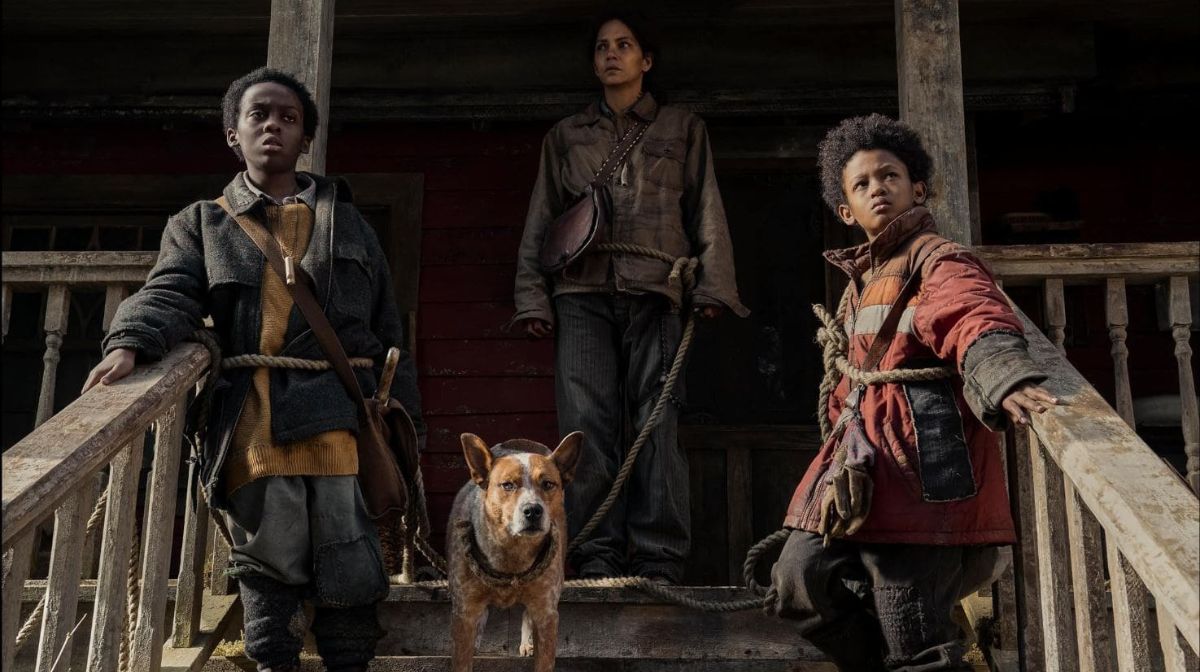
“If you’ve seen the movie, you know that the strength of it hinges on the strength of these two boys”, she continued. “And it was a long search because I knew we needed formidable actors for this part; at one point we even delayed the movie because I knew we didn’t have that casting right.
“We found Percy first, and it was a wonder when he showed up as I had started to lose a little bit of faith, it seemed like we’d never find the boys who could pull this off. But Percy was a revelation, completely seamless and sincere in his acting, and totally embodied what we all had in our minds – it was like an angel had shown up!
“I remember that day, as we all celebrated until we realised we needed to find another actor! It was hard enough to find someone who could look like his brother, but also have the skill set to play a part so different from Percy – they must feel like brothers, as they have that Cain and Abel dynamic.
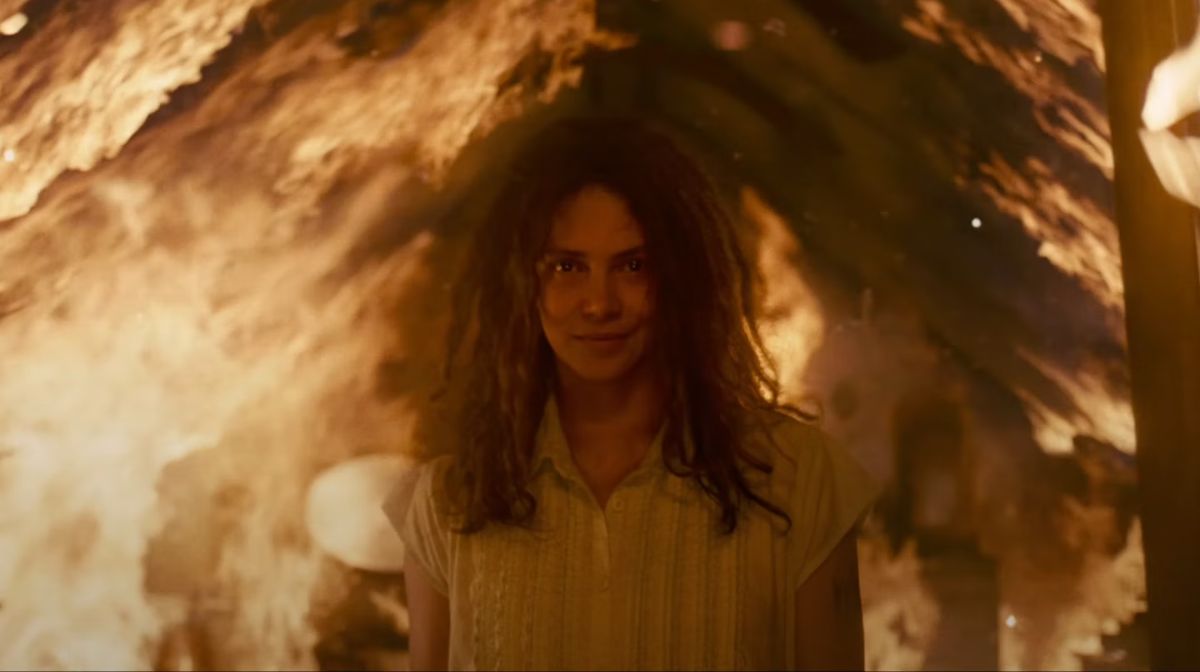
“It was even harder, but the minute we found Anthony, we did a screen test altogether to see how we felt as a family, and we realised we’d managed the impossible. I can’t begin to tell you what a joy it was to work with them.
“I’ve worked with many kids before, but none of them have been this professional and focused when the camera started rolling, I was so lucky to have worked with these responsible, respectful young men who are phenomenal actors at the same time.”
Berry took the lead in searching for her young co-stars, one of her biggest responsibilities as a producer. After reading the script, she signed on to produce largely because of her own motherly instincts.
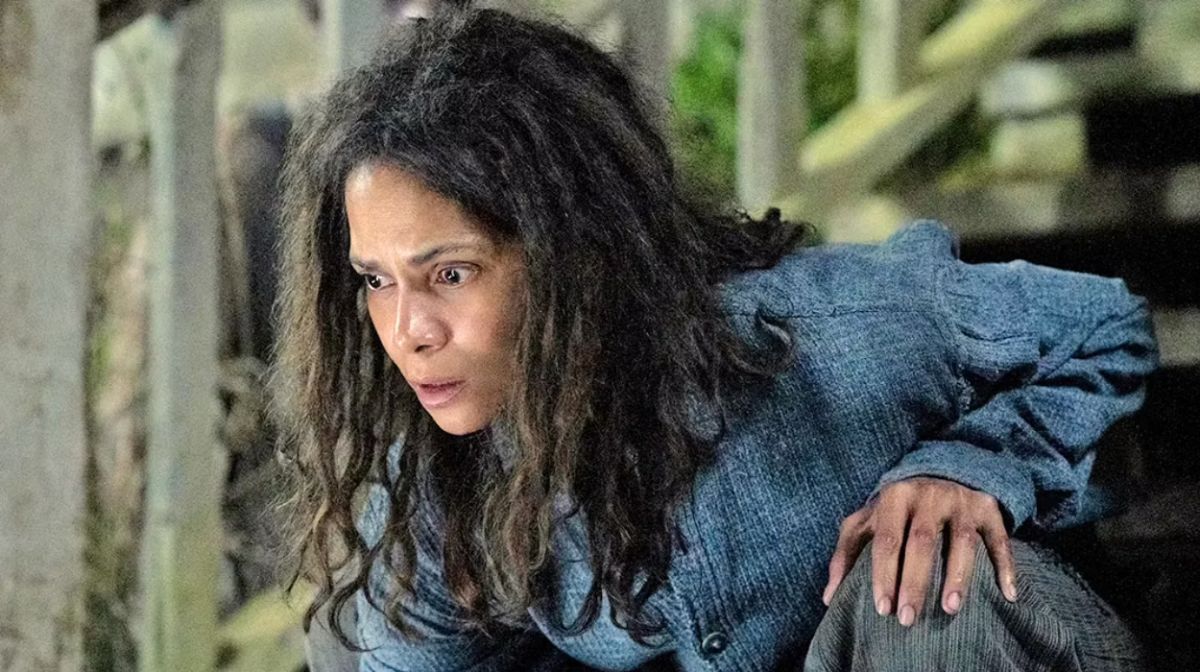
“As a producer, I love this genre, and I’d never seen an all-Black family stranded in this cabin in the middle of the woods. I felt like I understood Mama's undying love for and protection of these children, but I also understood her generational trauma and the darkness that was surrounding her.
“What attracted me the most was that I love playing strong mothers; I’m fiercely protective of my own children, and I like to portray that on film. I was intrigued by playing the darker side of that, walking that line between whether she is struggling from mental health issues, or if she is really protecting them for a harmful world, making sure the audience wouldn’t always know one way or another.”
Aja was keen to keep the story simple even as the surrounding reality is ambiguous, to ensure that it fundamentally remained a fairy tale.
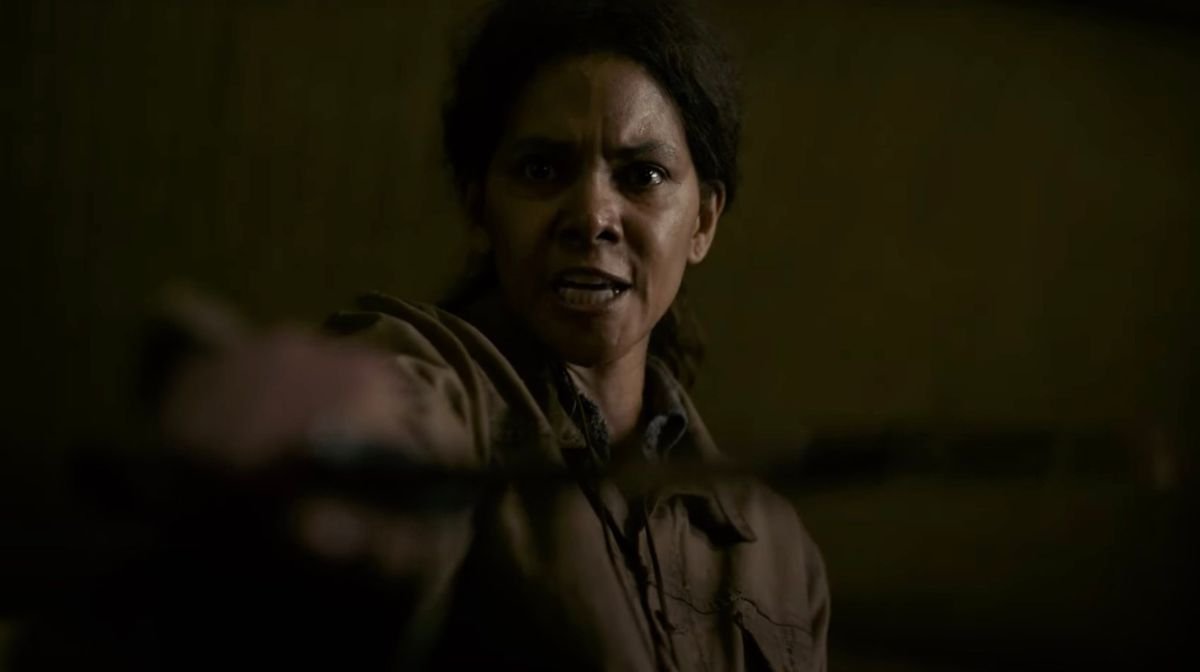
He added that: “I feel that movies today have taken up the role that fairytales had in previous centuries; as psychological tools for kids growing up, helping them face the darkness of life and exorcise some of their biggest nightmares. I was inspired by classical fairytales in the creation of this world, ensuring it remained fantastical so there were a lot of ways you could interpret this material.
“In terms of cinematic influences, when I read the script for the first time, I was reminded of the complexity of The Shining, and I kept going back to the Japanese film Onibaba, which for me is one of the best movies ever made. I found similarities with that story of two women remote from the real world, betraying each other through a supernatural mask that possesses them; that was the closest thing I had to a blueprint for this movie.”
The cabin in the woods is a staple of both the horror genre and classic fairytales, and Aja wanted to “subvert” this famous iconography, believing that his film has a “far different take” on this idea than we’ve come to expect.
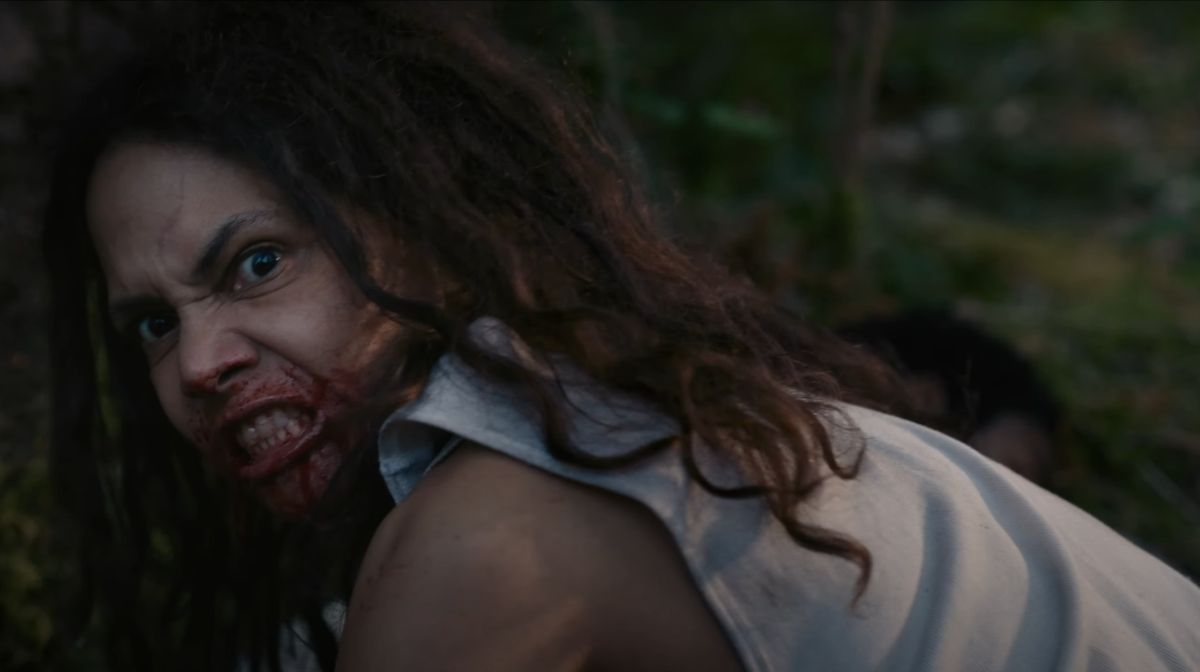
He explained: “In all movies, the house is the place where everything is going to happen. What I loved in Never Let Go when I read it was that you immediately know this is the one place they’re protected, that the evil is waiting for them outside – that this cabin is a safe haven which will get corrupted, and that protective nature turned against them.
“This is a story about how that haven becomes a place they must escape from; a home that transforms into a jail. I found that more interesting and unexpected than the typical cabin in the woods story.”
As much as it sounds like a cliche, Aja was aware that the cabin would have to feel like a character in its own right for the movie.
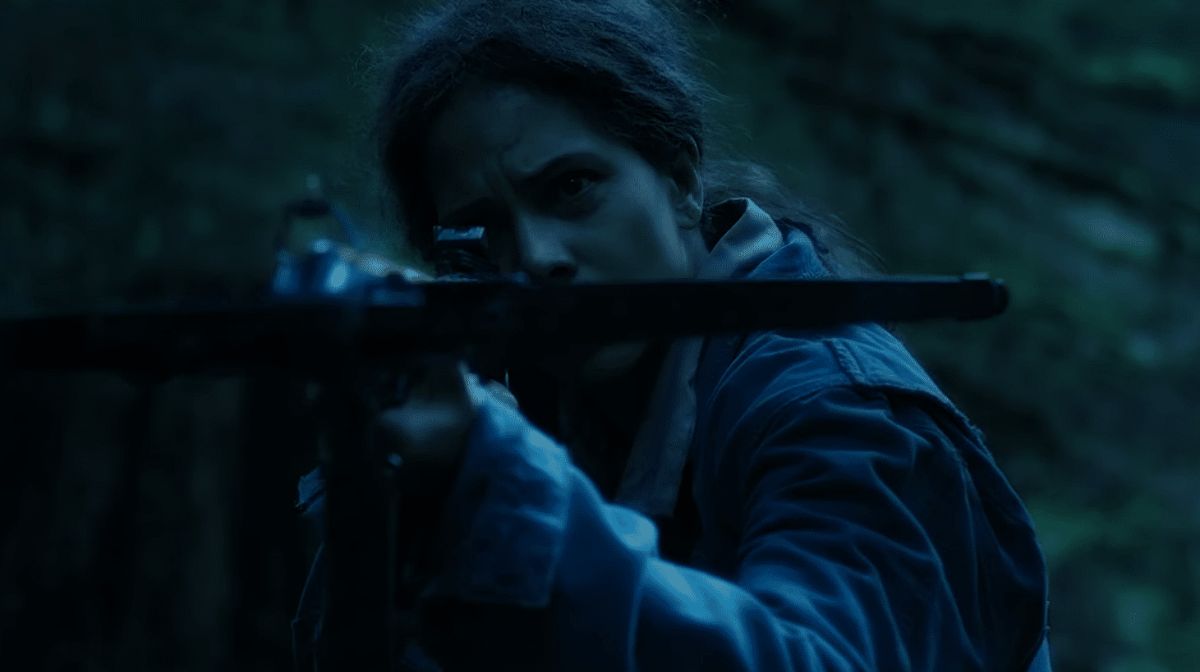
“Everything started with the forest. We needed somewhere that was devoid of any life, whilst also being very lush and textured for the viewer – we even decided in advance to shoot with a 65mm camera to try and capture the beauty and presence of this place.
“A decade ago, I made a movie called Horns with Daniel Radcliffe, which we shot in some of the most beautiful rainforests in British Columbia. That was the magical place I always had in mind; this gorgeous outpost that feels like it’s at the very edge of the world.
“But to film there, we knew we’d have to build that cabin from scratch – there was a little structure that already existed which we built over. I’m proud that we managed to film everything on location, as it not only makes everything feel real, but it forced the actors into that mental space.
“You really do feel their dread and isolation when you watch them...”
Never Let Go is released in UK cinemas on Friday, 27th September.
